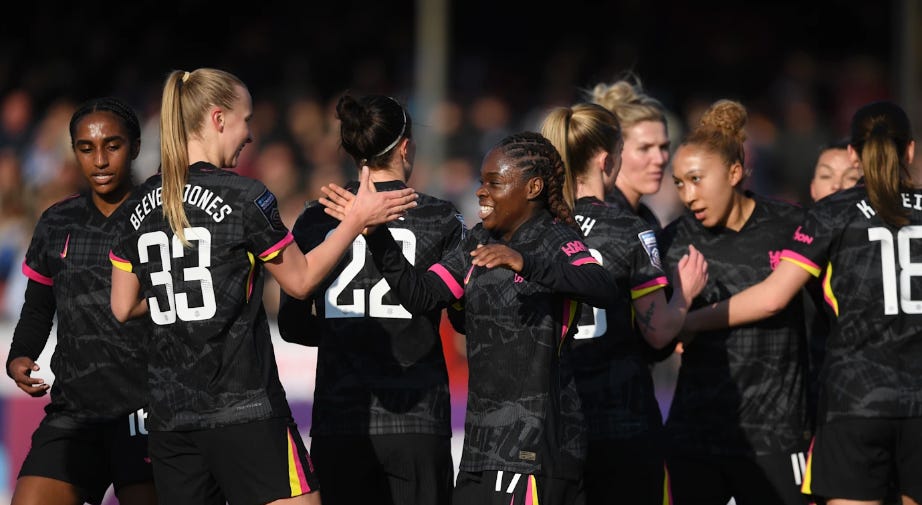Why Bompastor's tactical tweak didn't work against Brighton
Sonia Bompastor gave Naomi Girma her debut and switched to a back three against Brighton, will we see it again?
For only the second time this season, Chelsea dropped points in the Women’s Super League, as they drew 2-2 with Brighton on Sunday. Sandy Baltimore had given Sonia Bompastor’s side the lead with a spectacular volley but goals from Marisa Olislagers and Vicky Losada…
Keep reading with a 7-day free trial
Subscribe to The Cutback to keep reading this post and get 7 days of free access to the full post archives.





